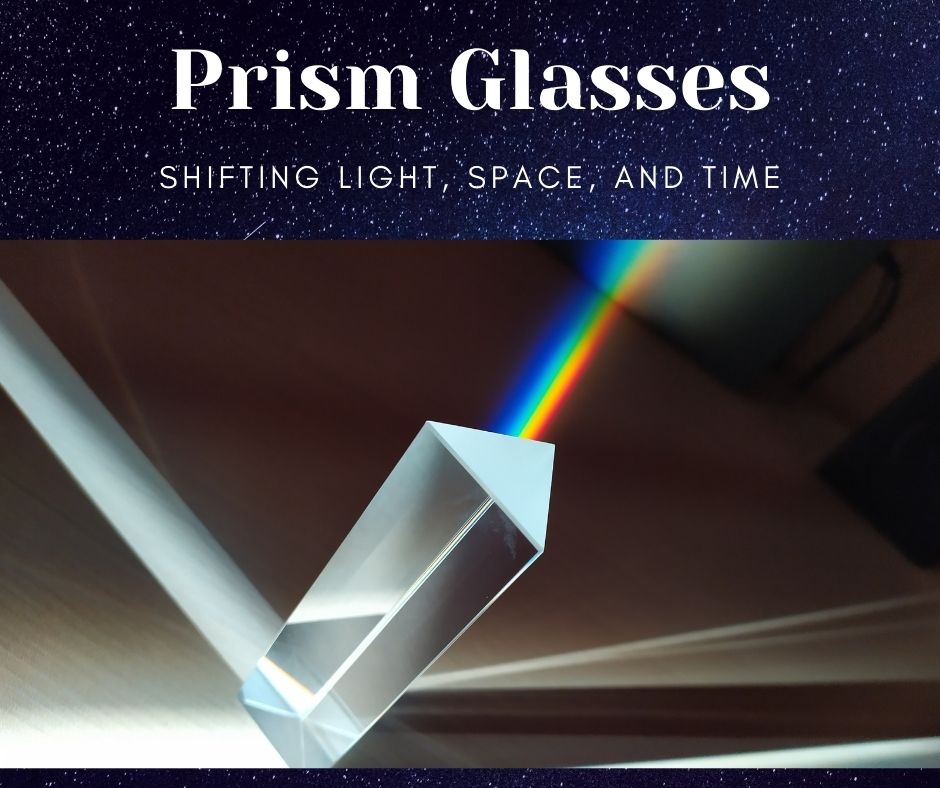Prism Glasses are a powerful rehabilitation tool that have the unique ability to bend light, shift space and alter time perception. Dr. Ho uses this tool in a variety of ways and sometimes combines different types of prism to support various rehabilitation goals. The most common uses of prism for her include:
- Compensate for eye teaming difficulties
- Shift our eye posture strategically to improve visual field loss awareness
- Shift the visual system to reconcile with information from other sensory systems in the body, such as eye-hand, visual-auditory, visual-vestibular, visual-proprioception, posture
We educate our patients that there may be mild distortion in the prism glasses. Prism holds the ability to amplify or minify space depending on its orientation and purpose. Often times prism glasses is used temporary to coax the visual system to be receptive to learn new and more constructive visual patterns.
Peripheral Vision is Dominant
Patients are surprised that only twenty percent of our visual field comes from the macula. This central twenty degrees provides detail, fine resolution, and color i.e. our 20/20 vision. Peripheral field makes up the rest of approximately one hundred fifty degrees of two eyed field. This part of vision processes in black and white and is more sensitive to vision presented over time. This is an over simplification view of vision, but one can observe that a significant portion of visual processing beyond just what many consider as ‘sight’.Vision Problems Beyond 20/20?
Visual acuity holds a small portion of the visual field. Prism glasses is more often use to influence peripheral vision processing. Dr. Ho treats many visual problems that exist despite a patient having a visual acuity of 20/20 or close to it. Some of these problems include:- Eye teaming or oculomotor difficulties (double vision, smooth tracking or eye jumping). For a sample of what vision looks like, please see NORA’s page on Common Vision Problems Following a Brain Injury.
- Visual field loss (from eye disease such as macular degeneration or diabetic retinopathy; or hemi or quadrant field loss from stroke)
- Visual spatial localization difficulties (shifts between egocentric and physical perception of midline)
- Visual Perceptual difficulties (see previous post on visual neglect)
- Visual Motion Sensitivity (dizziness, nausea, or instability of visual integration with vestibular balance center in ears and proprioception from the body)
Vision is much more complex than simply 20/20. And prism glasses is only a single tool (one of many) used to influence visual processing in visual rehabilitation.

